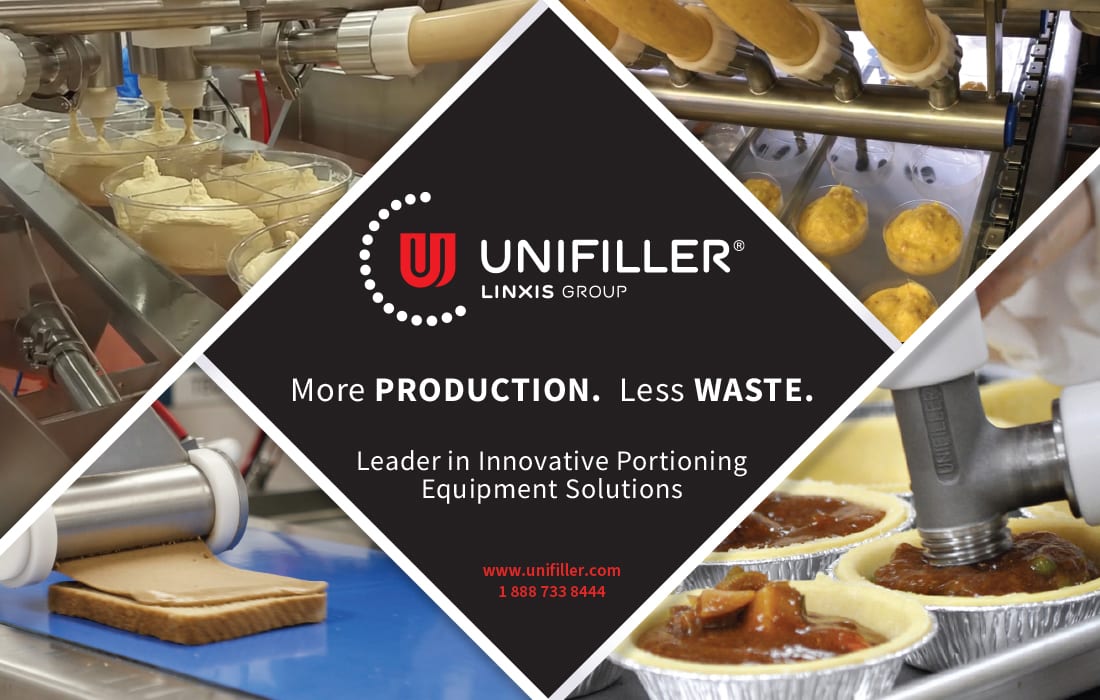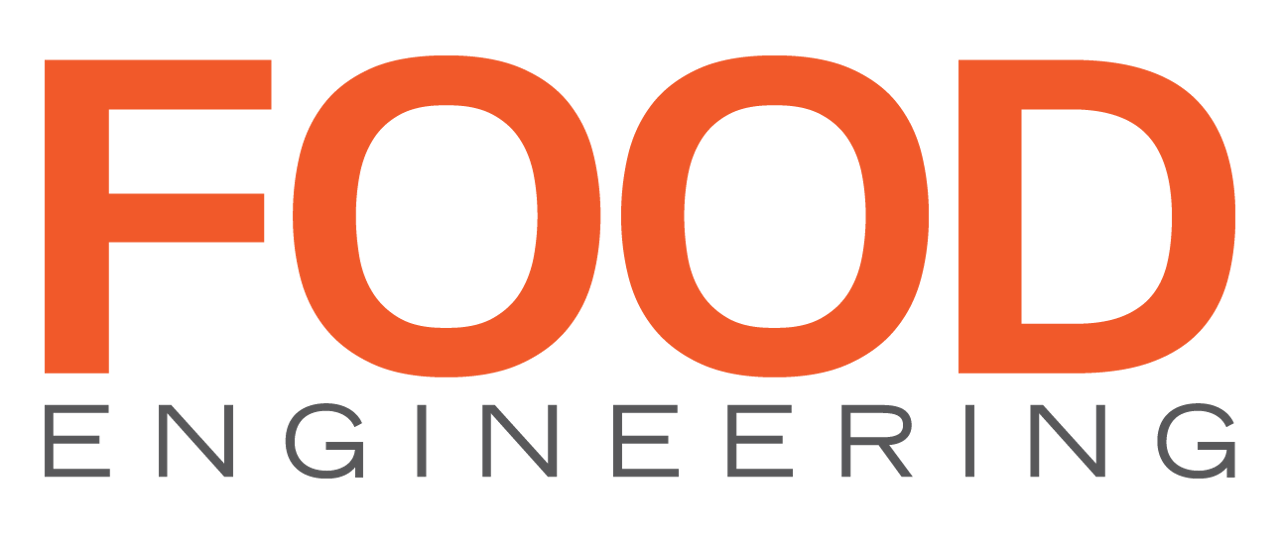June 2022
AI
in process control
A process is only as good as the technology behind it
Photo courtesy of Getty Images/Chayanan
AI use in food processing is expected to have a compound annual growth rate of 45% between now and 2026, promising improved safety and food quality, according to HUB Risk Services. But AI in food processing is not without risk: Nestlé-owned BlueTriton temporarily shut down plant operations after a driverless forklift caught fire while recharging, according to a lawsuit filed against the manufacturer. The company subsequently grounded all 51 vehicles across their plants.
In addition to business shutdowns, cyberattacks are another risk: Food processing operations dependent on AI could be vulnerable to ransomware attacks. Instead of just data at risk, AI-powered facilities could be completely shut down if a cybercriminal infiltrates the system that controls equipment.
Given the rise of AI in the food processing business, industry executives believe the benefits are worth the risks. For more insight, we spoke with Jordan Reynolds, global director of data science at Kalypso, a Rockwell business, about the use of AI in process control.
Kristen Kazarian, managing editor

Process control
Process control as a whole is a hybrid process that is a combination of discrete batch and continuous production. “In order to control a process, like mixing or extrusion or something of that nature, the way it’s done without AI is you define model that characterizes how the process will change according to changes in the inputs.”
Inputs could be actual raw materials, the recipe of the raw materials or production parameters like heat rate, pressure and torque, so different parameters that are applied to the actual ingredients.
The next step Reynolds says, is to build a model that shows if you have these ingredients and you apply these process parameters, this is the result that you’ll get, according to some quality KPI or production target that you’re business needs to hit.
Instead of requiring engineers to program complex control laws that are based on physics or chemistry, AI is used to learn those control laws with a process of machine learning out of historical data. Photo courtesy of Getty Images/mediaphotos
“For example, if you have a dough or a batter that consists of this type of flour and this amount of the flour relative to this amount of the water and this amount of oil and other ingredients, and you subject it to a mixing process with this amount of torque, this amount of heat, for this amount of time, you will likely get a dough that has a viscosity or a visco-elasticity of X amount,” he explains. “It's a model that basically characterizes how the how the dough will turn out based on your recipe and the production decisions you're making.”
Incorporating AI
Instead of requiring engineers to explicitly program complex control laws that are based on physics or chemistry, AI is used to learn those control laws or learn the model with a process of machine learning out of historical data that describes the way a product has responded to different conditions or different instructions in the past. “It’s really the difference between engineers explicitly controlling or explicitly programming a control process and models that are able to learn on their own and adapt on their own as environments change. That’s the main difference.”
Machine learning, a subset of AI, is applied specifically to build a reliable model of how a food production process works and how different changes in the inputs will cause responses in the outputs, Reynolds adds. With that model, you can determine in real time how to optimize and maintain control over the food product as it’s being produced and then you can respond to different environmental disturbances and subtle changes in the recipe and keep the product under control to a degree that was never before possible with explicit programming.
Machine learning, a subset of AI, is applied specifically to build a reliable model of how a food production process works. Image courtesy of Kalypso, a Rockwell business
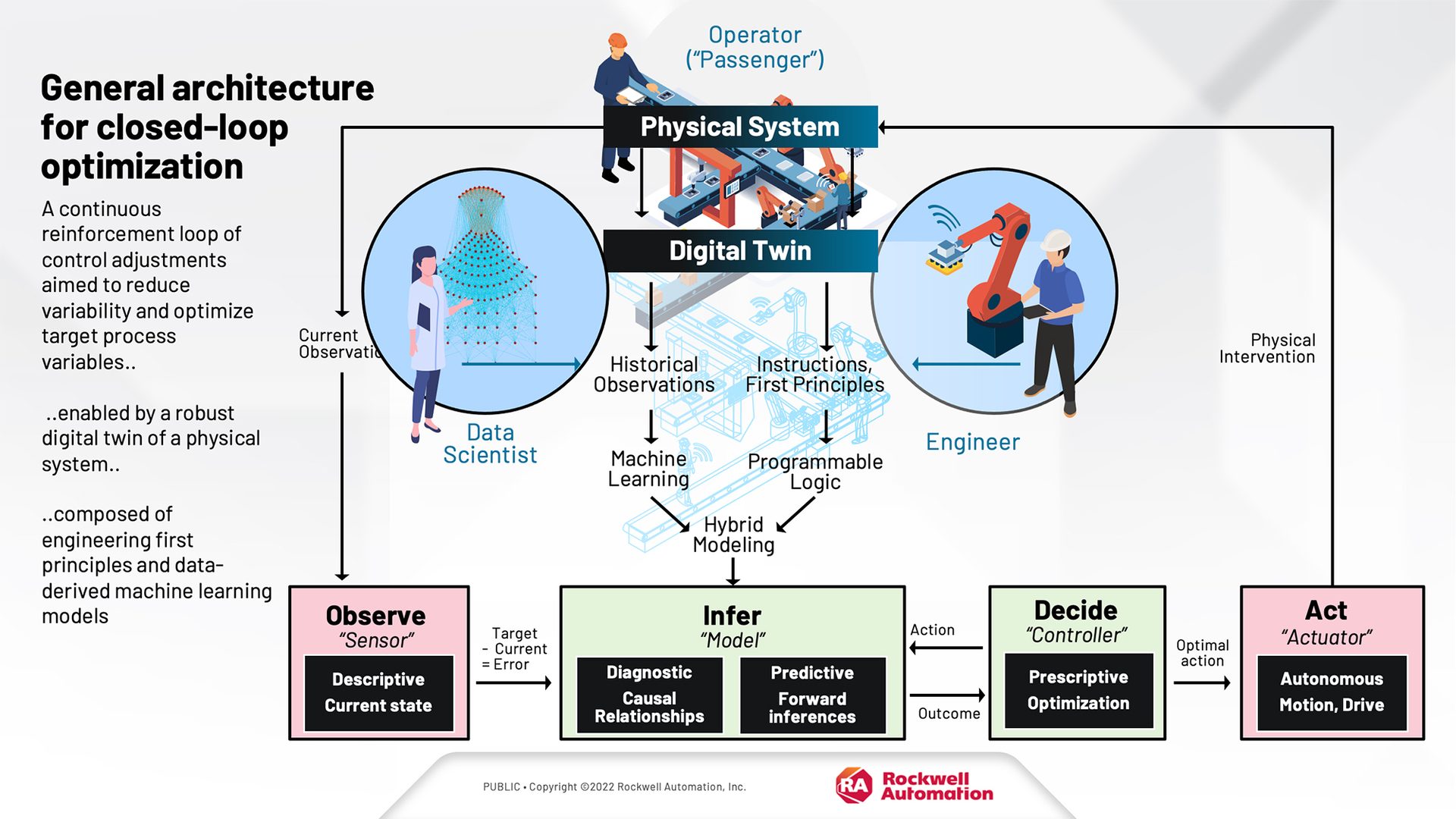
Benefits of AI
Control
Tons of variation in raw materials and in the plant environment causes changes. “If the temperature and humidity of your environment are different, you’re going to get a different product,” Reynolds says. “And really for a long time, most of the process of producing any food and beverage product at scale was largely uncontrollable.” It required manual effort to make the product and certain elements of it were could be automated with advanced control systems. It's very non-linear and has a great degree of variance and changing environmental variables. This means that more of the food production process can be controlled and automated relative to what you’re capable of doing without AI, he adds.
That means the consistency in the food product that you can create is much greater. As well, you’re able to create more food and beverage products because you’re automating more of the process. The level of quality is going to be higher, and the operating costs of producing the product are much lower, explains Reynolds. Even the capital costs of avoiding big, expensive equipment purchases and instead relying on AI capabilities as an alternative, has an impact on both capital expenses and operational expenses for food production companies.
Cost
Another benefit is cost, such as water, air, gas, energy and resource inputs that are required for a food production process. “One of the ways that AI can be used, just like you can optimize the quality of the product, you can also figure out ways to optimize the allocation of material inputs like water and energy so that you get the same amount of product but with less water, energy and other sort of environmental impacts in the process,” says Reynolds, adding that an AI model can be trained to determine the optimal way to produce a product with the minimum amount of water and energy expenditure.
"Autonomous systems are really just a step forward in the automation maturity model.” — Jordan Reynolds, global director of data science, Kalypso
Labor effects
There are a few impacts to labor with artificial intelligence in your operations, notes Reynolds. “What we most commonly see is that most of our clients are struggling to hire and retain operators. That's the biggest challenge. Most of them are not in a mode where they're trying to reduce the number of operators.”
He goes on to say that the misconception is that people are looking at this as a mechanism of reducing labor headcounts, when in reality they don't have enough labor or they have so much labor turnover that they can't operate their production process effectively. “What this does is it allows them to get more productivity from the operators that they already have and be less dependent on hiring new operators and being worried about retaining them,” Reynolds explains.
In addition, most operators work with food production processes in several stages such as material handling, mixing, extrusion, baking or cooking or some sort of a reactor process, converting into a single unit of product and then an operator dealing with the packaging process.
AI allows the operators to be focused across the process end to end rather than at one single stage of the process. Reynolds says that it gives them more breadth across the entire end-to-end production methodology so that their job is now much more multifaceted.
“They can be thinking about the entire end-to-end requirement as opposed to one single stage of the process. So it actually gives them the opportunity to expand their expertise and think about think more broadly as opposed to more narrowly,” he says, adding that this can remove the repetitive nature of many positions in the facility, and can drive improvements in retention because the operator’s job is more interesting and fulfilling, and gives them a greater chance to grow and understand the whole process.
Autonomy provides ML capabilities that learn how to execute the process and adapt as environmental conditions change. Image courtesy of Kalypso, a Rockwell business
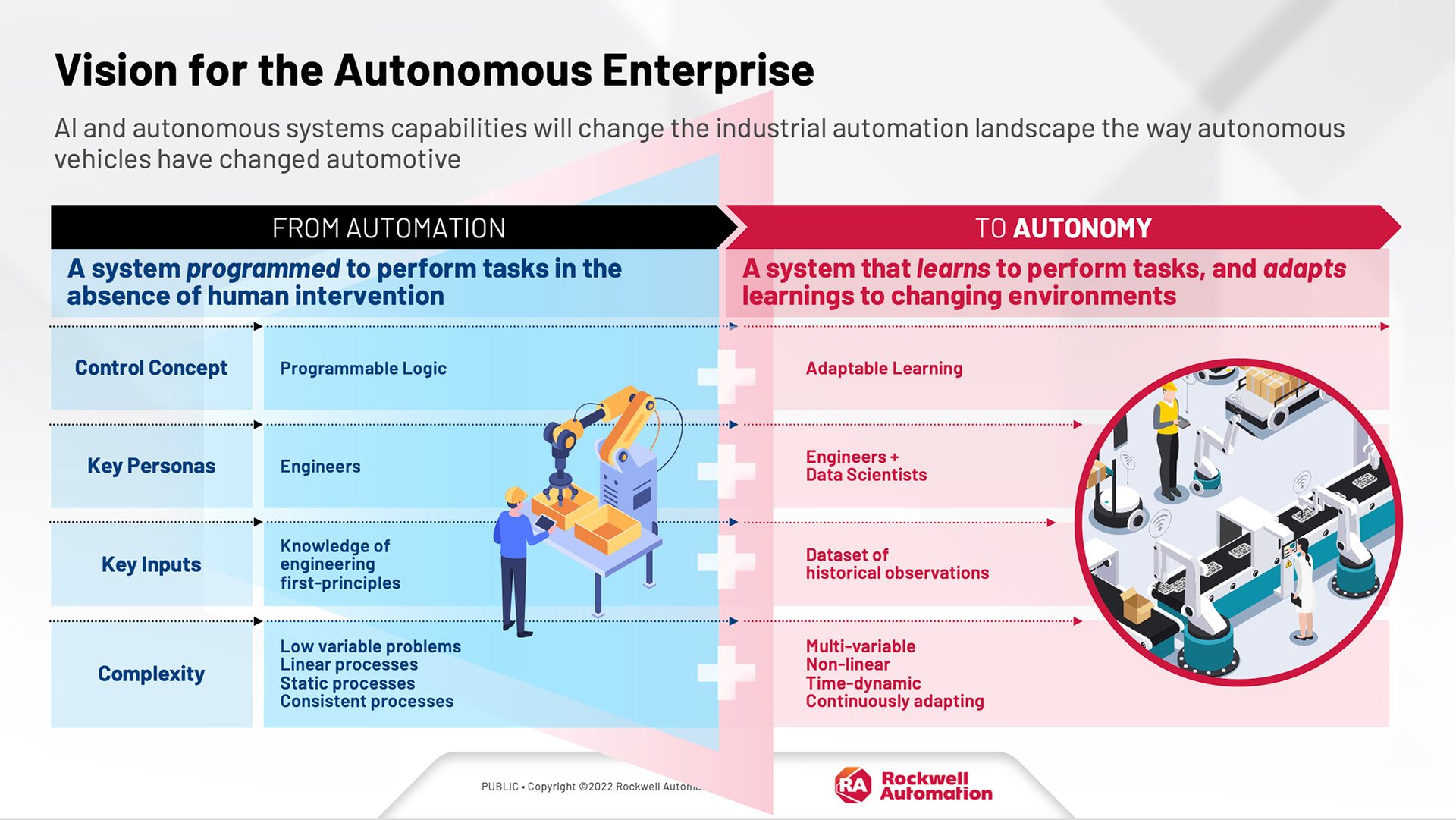
Added security
In order to bring a critical production process like food manufacturing under control by an algorithm, says Reynolds, you need an exceptional attention to safety, security and stability. The company you rely on to create the AI system needs to have security and safety capabilities. And those need to be just as high as a priority as the actual effectiveness of their algorithms.
“And make sure that you're designing a control system that that is not able to be accessed by outside parties. You’re designing it such that it would be self-aware if an attacker was trying to manipulate it,” advises Reynolds.
AI capabilities are good at classifying and mitigating security issues, just as they're good at running production processes. They can be trained to identify like anomalous behavior that indicates malicious intent and be used to predict those types of situations and shut them down. FE
JUNE 2022
